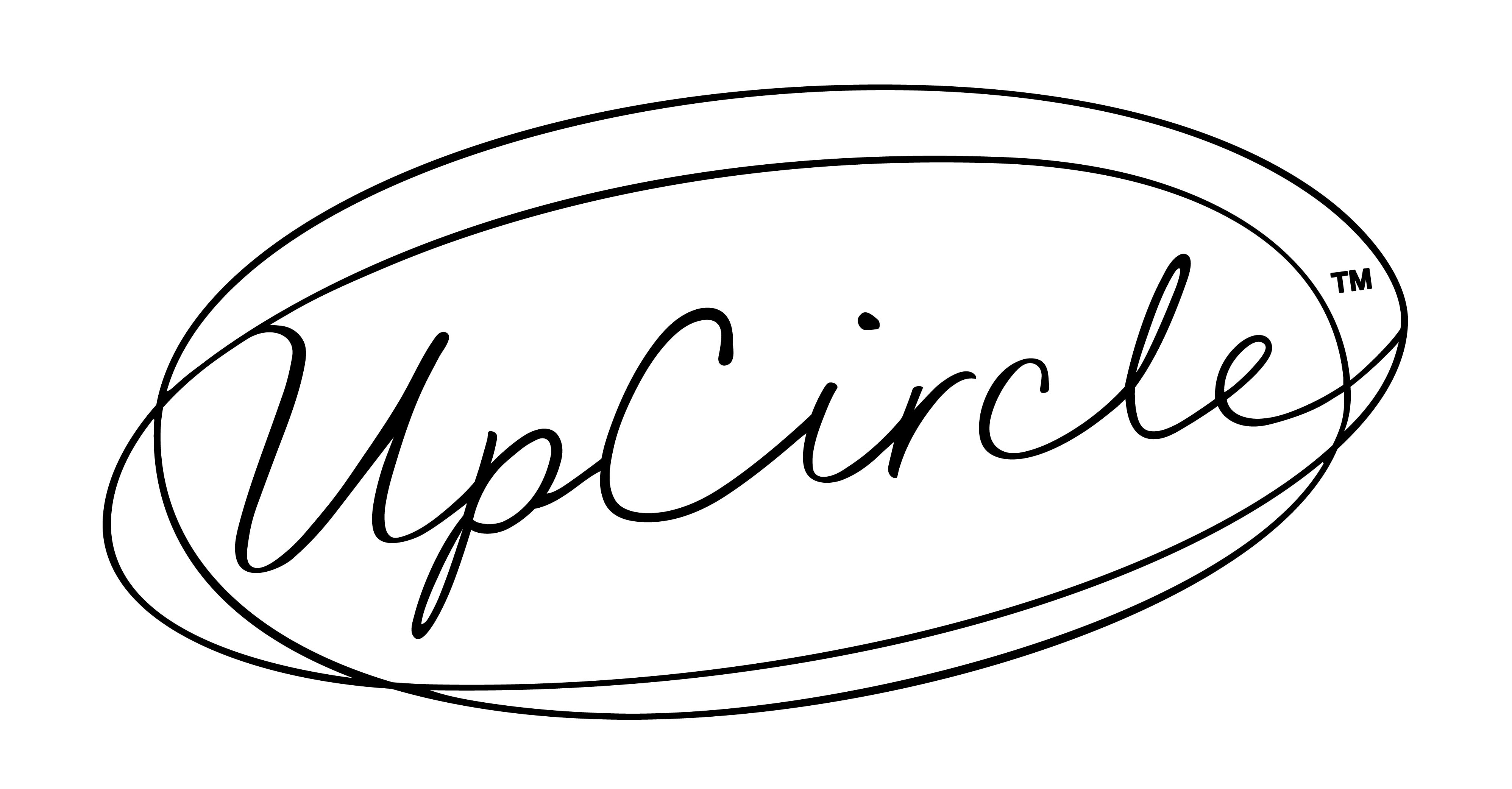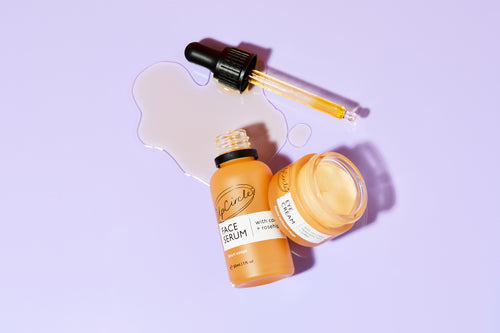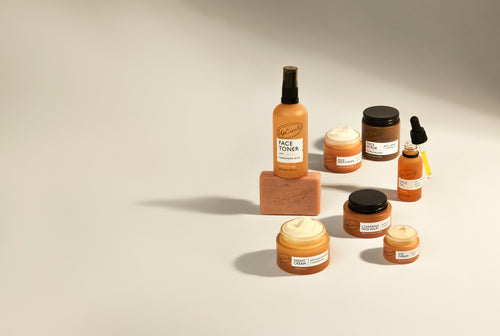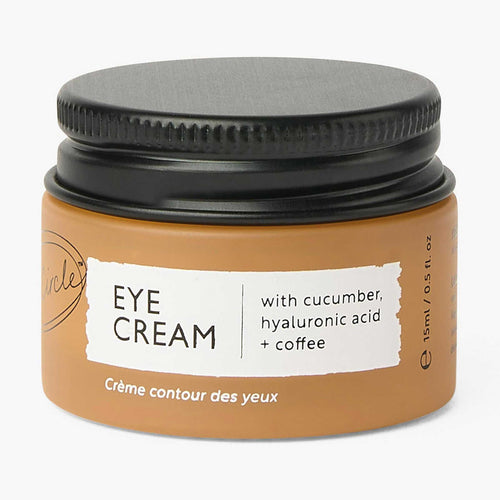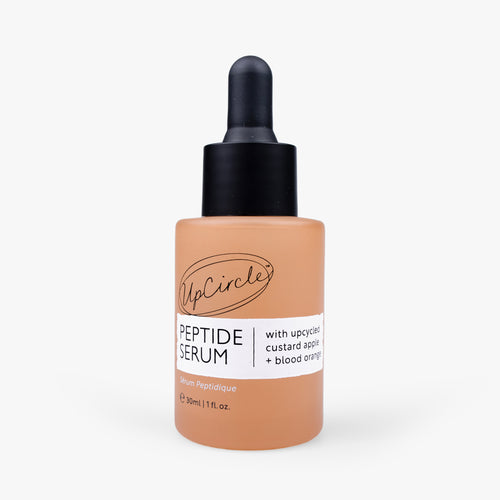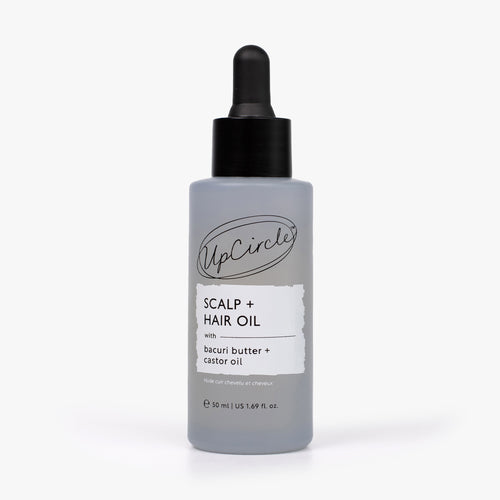
It is estimated the British public spend a massive £1.9 billion per year on candles! We just can’t get enough of them! Summer or winter, rain or shine we love to add a little bit of light to our lives!
Whilst we all love them most of us probably haven’t thought too deeply about how they are made! So, with the recent launch of our repurposed candles (the first of their kind) we thought we would delve into the weird and wonderful world of candle making!
A SHORT HISTORY OF CANDLES

The creation of candles is often attributed to Ancient Egyptians who soaked the cores of reeds in melted animal fat- these were more like a torch (think somewhere between angry villagers with pitchforks and fancy outdoor weddings) that would be used to illuminate feasts, ceremonies and the palaces of the pharaohs. Over the centuries this process was refined and developed; the Romans dipped Papyrus reeds into melted tallow and beeswax; in the middle ages candle making became a guild craft in England and France and candle shops sprang up all over the land; in the 18th century candles were made from Spermaceti- an oil produced from Sperm Whales (luckily this was swapped by 1800); the 19th century saw the industrialisation of candle making thanks to Joseph Morgan. Candles were finally cheap and available for the masses and they were used everywhere from mines to Buckingham palace. As oil lamps and electricity were popularised, candles went out of fashion and for years they were mainly used for religious ceremonies, birthday cakes and fire-hazard heavy Christmas trees.
That was until the 1980’s! Whilst the world was having a love affair with padded shoulders and Lycra, they also began a (much longer lasting) love affair with candles! Just like the fashion of the era, candles were made in funky new colours, shapes and now they were even scented! The 1990’s invention of Soy wax, a more environmentally friendly and cheaper alternative to the crude oil-based paraffin wax, meant their popularity skyrocketed and it has been growing ever since!
Whilst vegan and eco-friendly candles are thankfully more popular than ever, they have been around for a long long time! In early Japanese civilizations they used wax extracted from tree nuts and in India the wax was made from boiling the fruit of the cinnamon tree- some say these were the first ever scented candles.
THE CANDLE MAKING PROCESS

UpCircle candles are made of Soy wax, essential oils and of course some of our famous repurposed ingredients! They are all handmade and hand poured in London in small batches so that every single one is made with the love and care they deserve. Our chai blend is made of repurposed chai spices giving a cosy, Christmassy smell to any room. And how could we leave out our fave ingredient?! Our coffee grounds blend fills your room to smell like every good café early in the morning!

The first step in the candle making process is to prepare the jars ready to have their wax poured in. This involves sticking the wicks into the jars and making sure they are set in place. The wicks need to have an extra 10cm / 4 inches sticking out from the top of the candle jar.


Next you need to melt the wax- it needs to be placed in a double boiler (similar to a ban marie) and heated until all the wax is melted. Once removed from the heat some of the repurposed ingredients are added as well as the essential oils that help to boost the fragrance of the candle!


Now the main and most important task! The candles are poured into the prepared jars and left to set overnight- this has to be done extremely carefully so as not to ruin the jars and so you don’t end up burning yourself with hot wax, which would not be ideal. To make sure that the wick doesn’t fall into the melted wax and become lost forever a wooden peg is used to keep the them centered and above the tops of the jars whilst the wax hardens.


As the dawn breaks the candles are nearing completion! First the tops of the candles are melted slightly and more of the repurposed ingredients are sprinkled on top! Finally, the wicks are trimmed down to their desired length and the candles are ready for their new homes!

So, there you have it! If you told an Egyptian 5000 years ago that we would be making repurposed ingredient candles they would have laughed at you or probably just not understood you but here we are, and we couldn’t be more proud of them! Let us know what you think of them in the comments and if there are any scents you would love to see!
